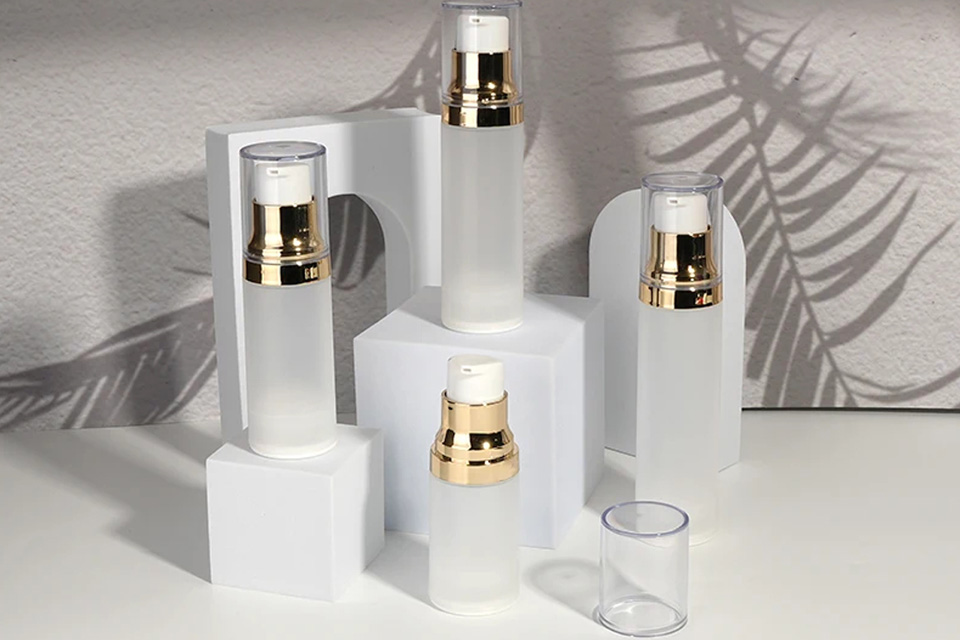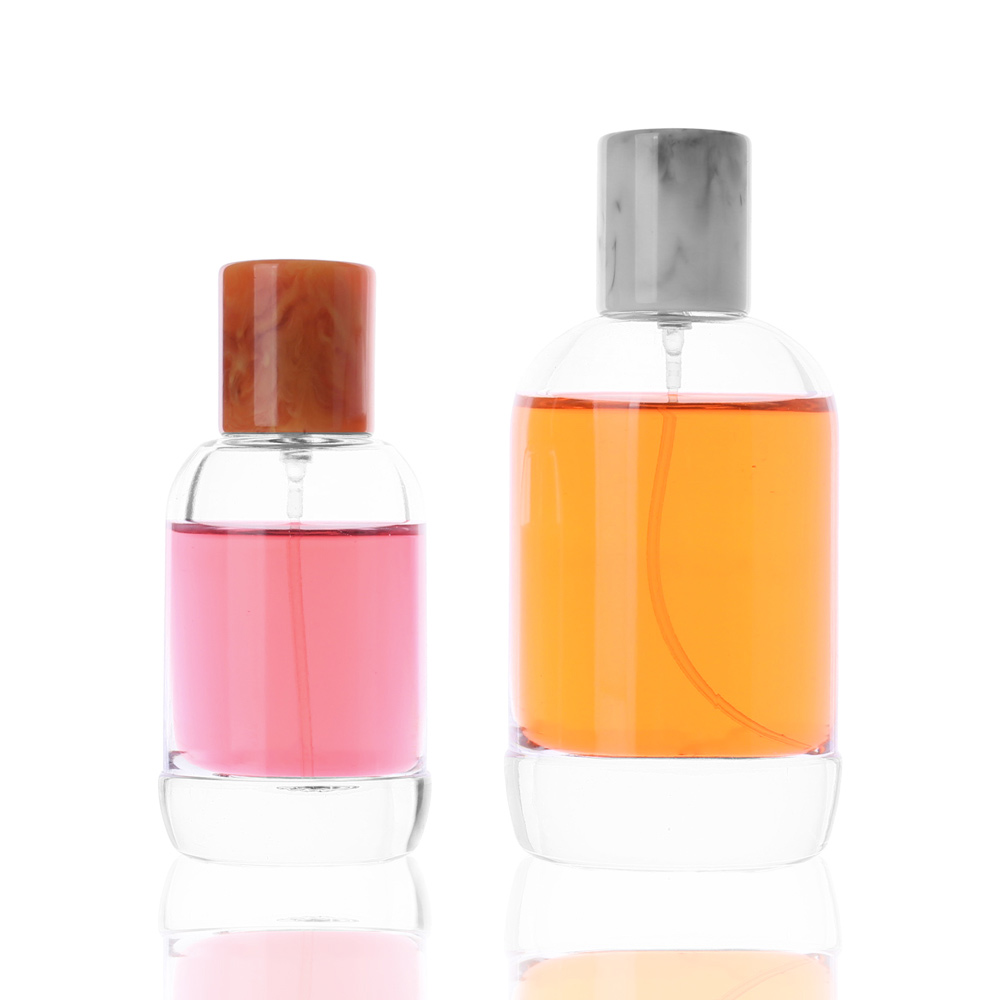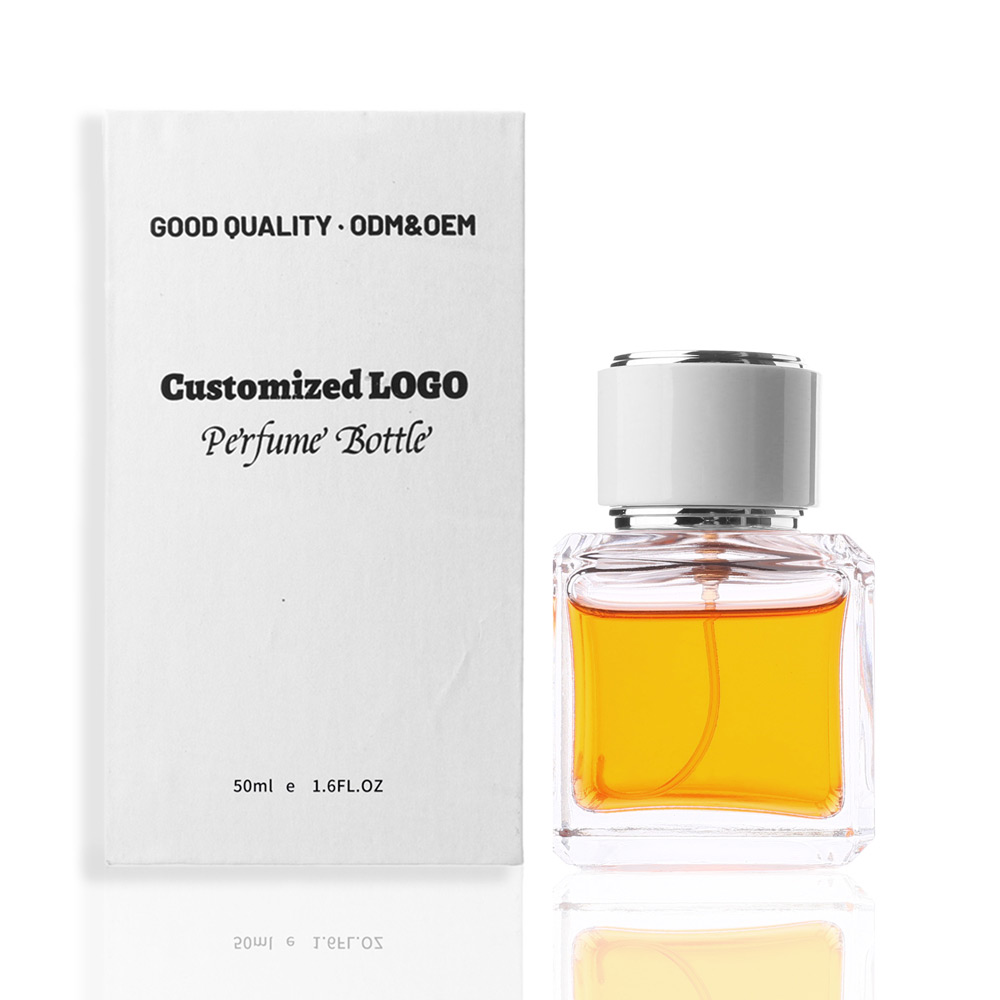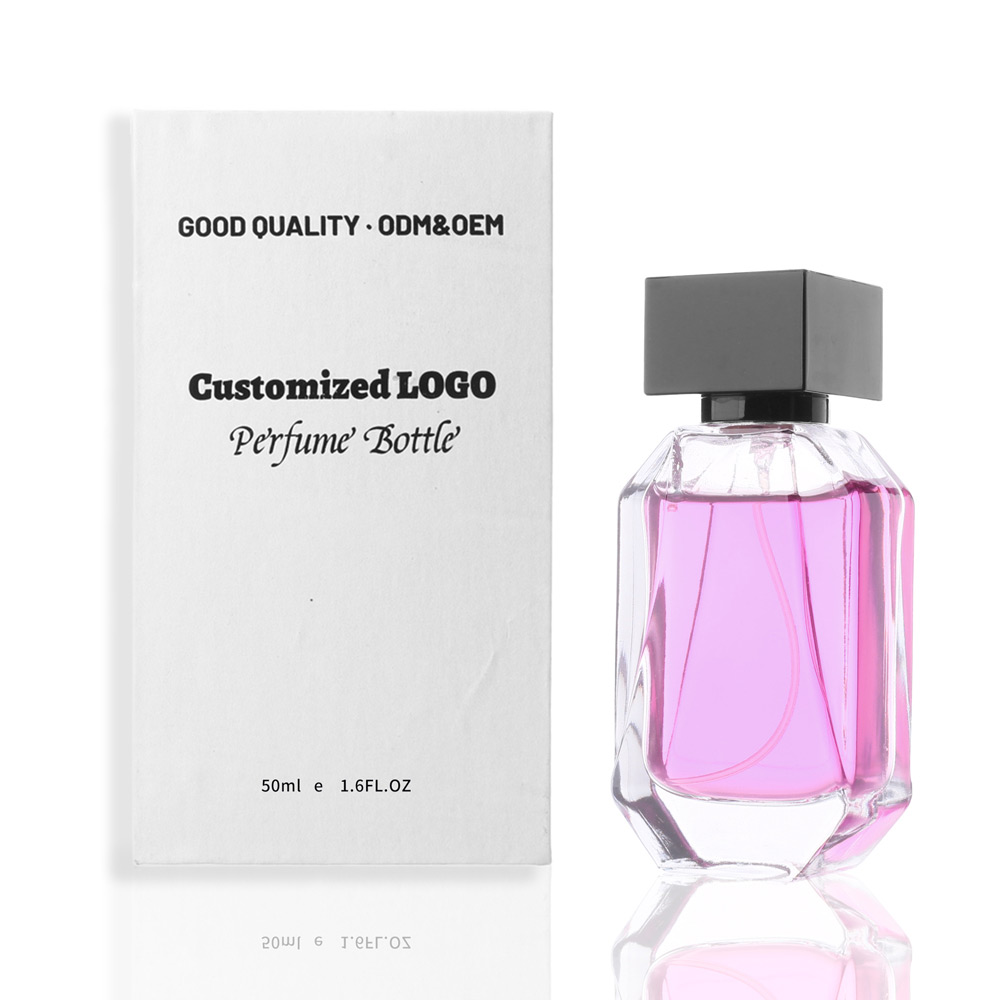- Packaging is Crucial: Cosmetic packaging is not just a container; it protects the product, communicates brand values, and influences consumer purchasing decisions.
- Material Variety: Common materials used in cosmetic packaging include plastic, glass, and metal, each with its own advantages and disadvantages.
- Container Types: Different types of containers, such as jars, bottles, tubes, and airless pumps, are suited for different product types and usage patterns.
- Plastic’s Dominance: Plastic packaging is widely used due to its versatility, lightweight nature, durability, and cost-effectiveness, but sustainability concerns are driving change.
- Glass for Luxury: Glass packaging is often used for high-end products due to its elegant appearance, excellent barrier properties, and non-reactive nature.
- Metal’s Niche: Metal packaging offers durability and a premium feel but is less common and can be more expensive.
- Eco-Friendly Revolution: Sustainable packaging is a major trend, with brands adopting recycled materials, plant-based plastics, and refillable systems.
- Design Matters: Packaging design should align with brand identity, appeal to the target audience, and be functional for the specific product.
- Stock vs. Custom: Brands can choose between readily available stock packaging or invest in custom-designed packaging for a unique brand experience.
- Future Trends: Key trends include eco-friendly materials, smart packaging integration, personalization, and continued innovation in materials and design.
10 coisas mais importantes sobre embalagens de cosméticos

Artigo anterior
Qual é a diferença entre embalagem de estoque e embalagem personalizada?
Artigo seguinte
Por que muitos clientes estão dispostos a escolher produtos de vidro?




